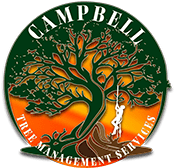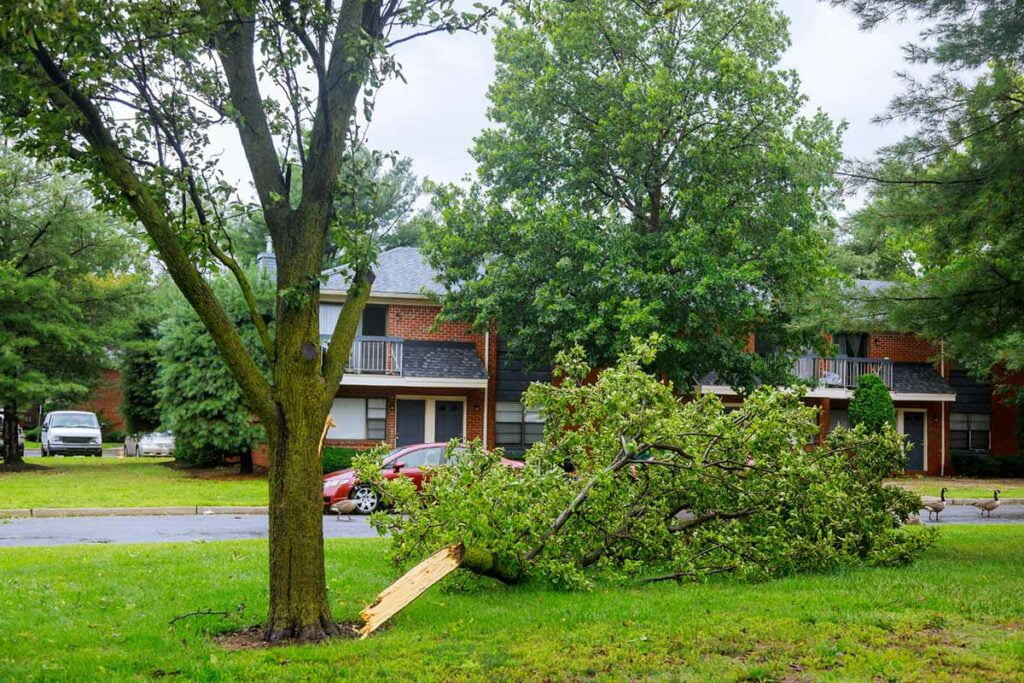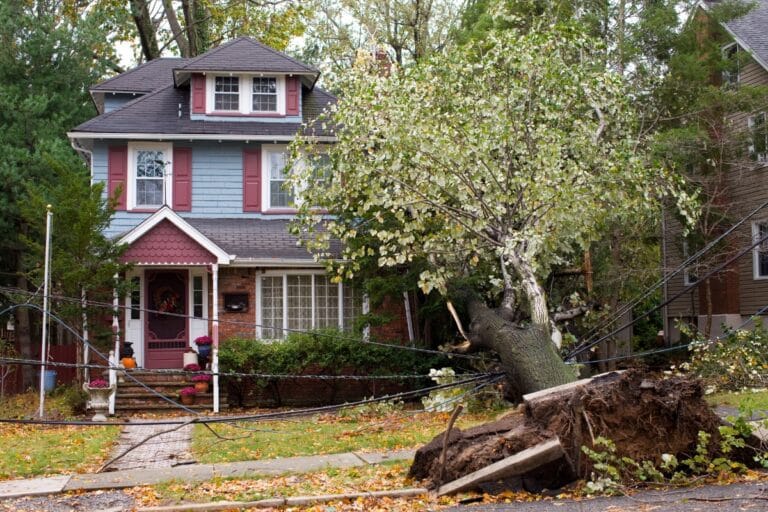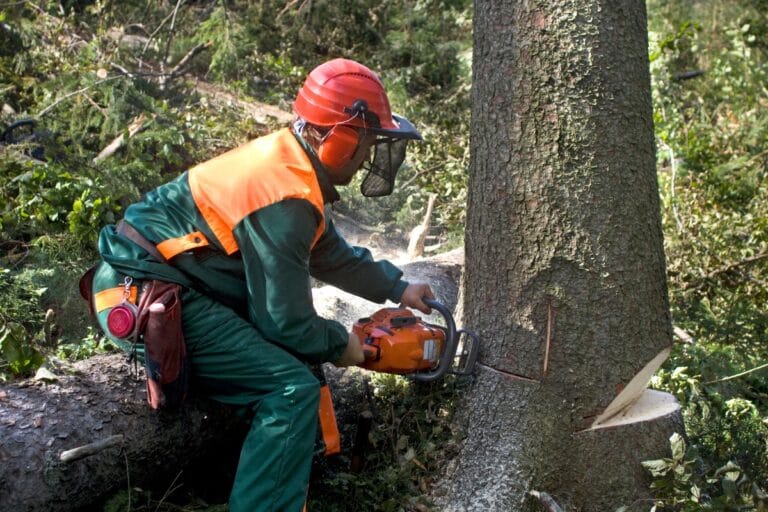In the wake of a powerful storm, the world transforms into a surreal landscape; a chaotic symphony where trees dance with the wind, debris plays hide-and-seek in every corner, and the air crackles with an electric intensity. As the tempest fades, the daunting task of facing the storm aftermath looms large. The descent into this whirlwind of destruction demands guidance, a beacon to navigate the tumultuous sea of debris and challenges that lie ahead.
This blog post is your compass, your guiding light through the maelstrom, as we unravel the essential steps for embarking on a safe and effective cleanup journey. Join us as we embark on a transformative journey, where every action is a brushstroke painting a picture of hope amidst the rubble, all under the banner of understanding the nuanced art of navigating the post-storm landscape.
Assessing the Damage: Understanding the Scope of Destruction
The first step in navigating the storm aftermath is to assess the extent of the damage. This involves carefully surveying your property and surrounding areas to understand the scope of destruction caused by the storm. Take note of any structural damage, fallen trees, or debris blocking access points.
Documenting the damage is crucial for insurance claims and seeking assistance from relevant authorities. Take photographs or videos to provide visual evidence of the destruction. Make a detailed inventory of damaged items, including furniture, appliances, and personal belongings.
It’s important to prioritize safety during this assessment process. Be cautious of any potential hazards such as downed power lines or unstable structures. If you suspect any structural damage or compromised utilities, contact professionals for further evaluation before proceeding with cleanup efforts.
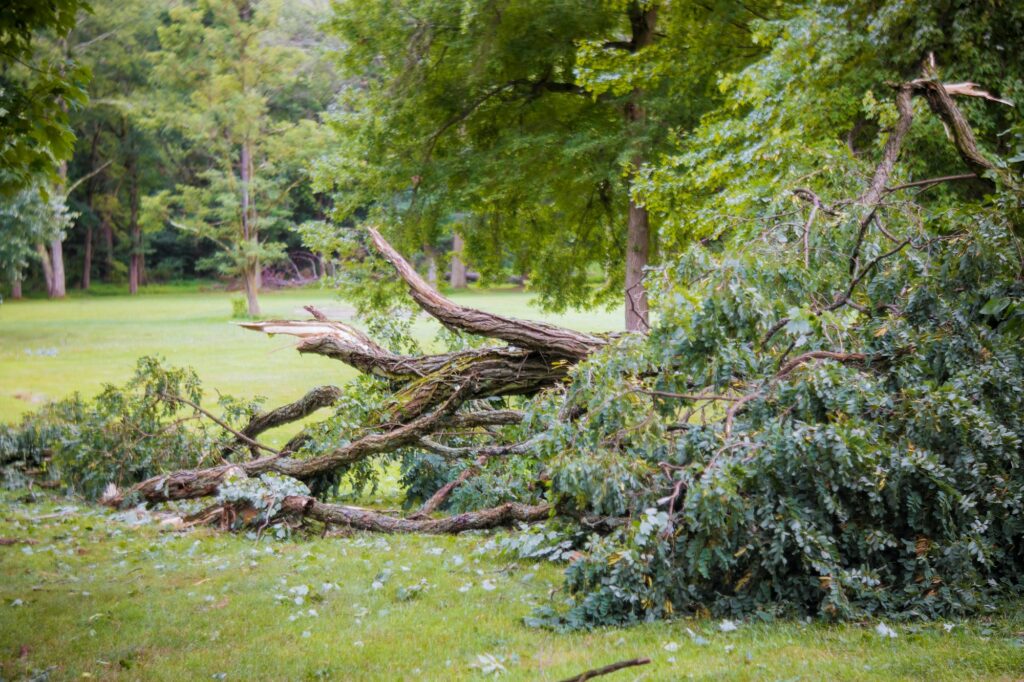
Safety First: Essential Precautions Before Commencing Cleanup
Before diving into cleanup activities, it’s essential to prioritize safety for yourself and others involved in the process. Here are some key precautions to consider:
1. Personal Protective Equipment (PPE): Wear appropriate PPE such as gloves, goggles, sturdy boots, and dust masks to protect yourself from potential hazards like sharp objects or hazardous materials.
2. Hygiene: Maintain good hygiene practices by washing hands regularly with soap and clean water. Use hand sanitizers if water is not available.
3. Tetanus Shot: Ensure that your tetanus vaccination is up-to-date since injuries from debris can increase the risk of tetanus infection.
4. Stay Hydrated: Drink plenty of water throughout the cleanup process to stay hydrated and prevent exhaustion.
Dealing with Debris: Strategies for Efficient Removal
Debris removal is a significant aspect of storm aftermath cleanup. Here are some strategies to efficiently deal with the debris:
1. Sorting and Segregation: Separate the debris into different categories such as vegetation, construction materials, and household items. This will facilitate proper disposal and recycling.
2. Renting Dumpsters or Hiring Debris Removal Services: Depending on the amount of debris, consider renting dumpsters or hiring professional debris removal services to ensure safe and efficient disposal.
3. Complying with Local Regulations: Familiarize yourself with local regulations regarding debris removal and follow them accordingly. Some areas may have specific guidelines for handling hazardous materials or large-scale debris.

Handling Hazardous Materials: Protocols for Dangerous Substances
In the aftermath of a storm, hazardous materials may be present due to damaged infrastructure or spilled chemicals. Handling these substances with caution is crucial to minimize risks to your health and the environment.
1. Identify Hazardous Materials: Learn how to identify hazardous materials such as asbestos, lead-based paint, or chemical spills. If you come across any potentially dangerous substances, contact local authorities for guidance on proper handling and disposal.
2. Protective Measures: Use appropriate protective gear when dealing with hazardous materials, including gloves, masks, goggles, and coveralls. Follow recommended protocols for containment and cleanup.
Clearing the Path: Restoring Access and Mobility in Affected Areas
In the storm aftermath, it’s common for access routes to be blocked by fallen trees or other debris. Restoring access is crucial not only for your own convenience but also for emergency services and relief efforts.
1. Clearing Fallen Trees: If you have the necessary equipment and expertise, safely remove fallen trees that are blocking roads or pathways. Otherwise, seek professional tree removal services to ensure safe removal.
2. Temporary Repairs: Make temporary repairs to damaged structures or access points to restore basic functionality. This may involve boarding up broken windows, patching roofs, or reinforcing weakened structures.

Storm Aftermath Assistance: Utilizing Community and Professional Support Networks
The aftermath of a Georgia storm can be overwhelming, and it’s important to remember that you don’t have to face it alone. Reach out for support from community organizations, government agencies, and professional services.
1. Community Organizations: Local non-profit organizations or volunteer groups often provide assistance with cleanup efforts, debris removal, and emotional support for affected individuals.
2. Government Agencies: Contact relevant government agencies responsible for disaster management or emergency services. They can provide guidance on available resources and assistance programs.
3. Professional Services: If the damage is extensive or requires specialized expertise, consider hiring professional contractors for tasks such as structural repairs, electrical work, or mold remediation.
Conclusion: Embracing Renewal and Moving Forward
In the wake of a storm’s destructive path, navigating the aftermath requires resilience and determination. By following these essential steps for safe and effective cleanup in the storm aftermath, you can gradually restore normalcy to your life and community.
Keep moving forward, one step at a time amidst challenges. Embrace growth and rebuild with hope for a safer future. Call Campbell Tree Services at (770) 286-8058 for assistance with storm damage cleanup services.
